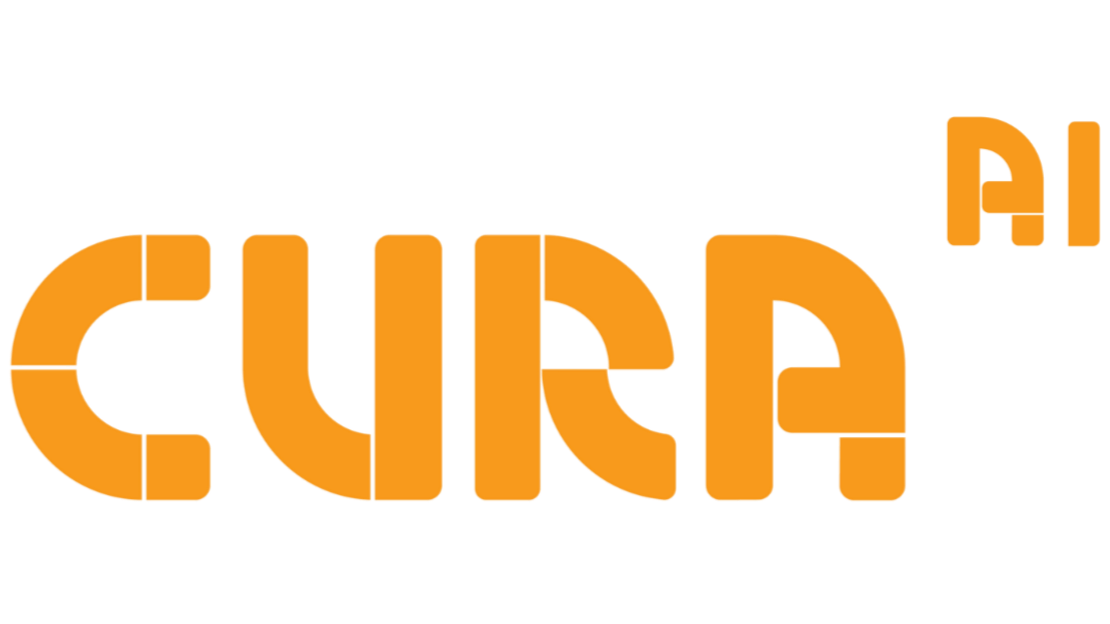How to pick a PBL theme that will engage students
Before we jump into the “How” of picking a theme for PBL, it is important to quickly review the role of the theme in PBL and why it is so important.
The project theme is the cornerstone for any project and serves four purposes:
Grounds it in the real-world: Firstly, the purpose of the theme is to ground the project in a real-world challenge and, in doing so, turn content that students may otherwise deem to be personally irrelevant or overly vague into practical, important, and relevant information. For example, a topic such as “classification of mineral types” could be - and generally is - viewed as being fairly boring and lacking in personal relevance for students. However, when viewed through the prism of campaigning to prevent a mine being opened, the information becomes highly relevant and essential to solving the problem.
This has changed the Learning Area and made Science more practical, more experiential, and more connected to the real worlds of our students.
Provides motivation: The theme provides students with a key purpose for undertaking the project. The project is not only being undertaken for the sake of studying or teaching, it is being undertaken to solve an important problem or challenge that is relevant or interesting to students. This purpose in turn provides students with the emotional connection and motivation to drive their independent inquiry through the project.
Guides the investigation process: The theme should also serve to put some parameters on the project. One of the initial fears for any teacher embarking on PBL is that students take the project off into an unforeseen neverland from which it can’t be brought back on track. A well-framed theme prevents this from happening by providing explicit guidelines on what sort of solutions would solve the problem in question.
Provides the context for content to be taught: Having a project theme which is closely tied to curriculum content provides the natural vehicle for students to make deeper connections between what they are learning and its real-world relevance. Students aren’t just learning the content because they have to; by establishing, through an inquiry process, that the information they need to progress in the project is the content which must be taught, they want to learn it and become more receptive to it. They recognise its importance beyond the fact that it is in their textbook. In then transferring what they have learnt to the project context, they deepen their understanding. The deeper these connections go, the greater the impact on student comprehension and long-term memory retention.
How could we solve the problem of ocean plastic waste? An example of a PBL theme that fits the eduSTEM checklist
So, how do you do you pick your theme? Here is a checklist that we use at eduSTEM:
Challenge: Does the theme provide students with a challenge that they need to solve?
Relevance & engagement: Is the theme personally relevant and engaging for students? For example, determining the area covered by a Roman legionaries camp may be thematic but it is unlikely to have any relevance to the contemporary life of a student.
Focus: Does the theme naturally force students to investigate and understand at a deep level a number of learning points from the syllabus or curriculum? You will know that you have this right if students can clearly understand why the content is important to understanding the problem and to identifying potential solutions.
Practical output: Does the theme beget the development of a practical solution that can be built, modelled, prototyped and tested?


